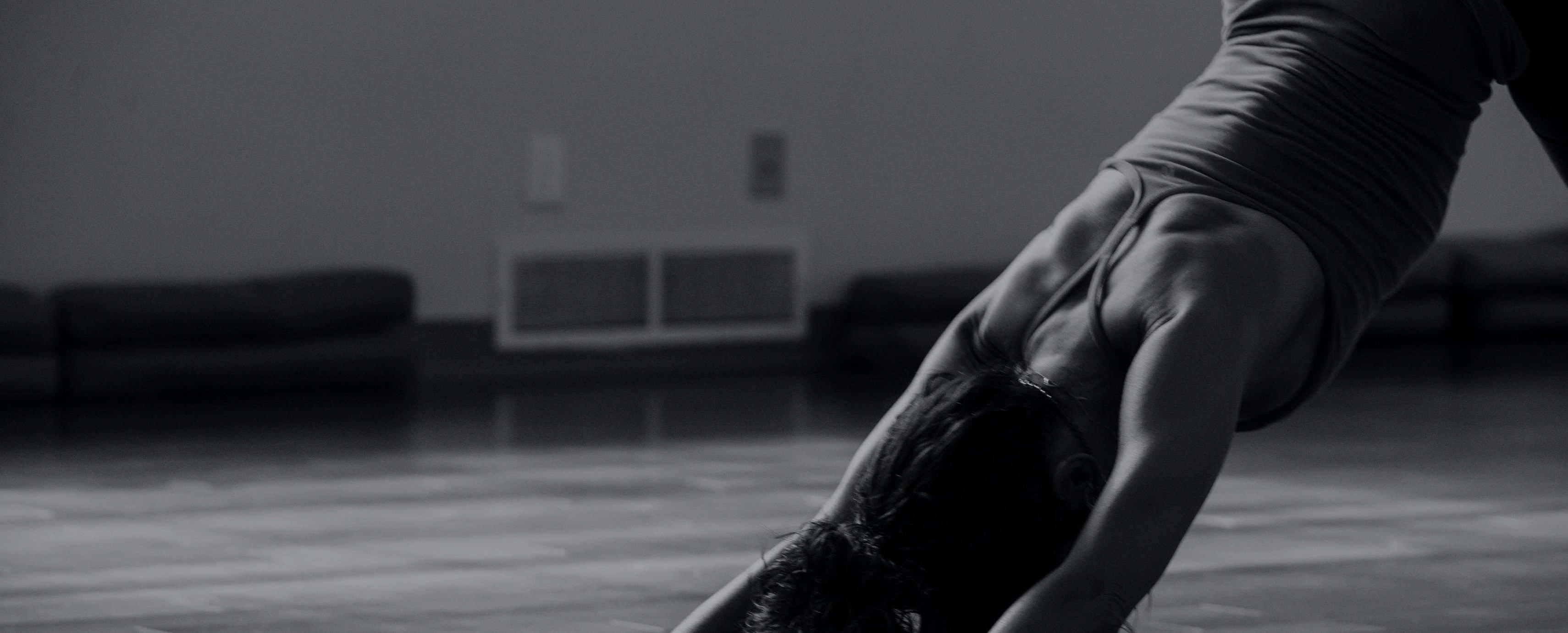THE CHAIN
A closed‑loop method you can trust
Identify the involved sinew channel by when pain appears during movement (yin vs yang phase).
Then apply a precise two‑point release and re‑test the same movement to confirm change.
You will:
✓ Match movement‑provoked pain to the correct sinew channel path
✓ Use a two‑point release (hing + well) to free the chain
✓ Confirm results with the same movement test (before/after)
✓ Record findings so you can repeat results
Diagnosis in one minute. Results during the visit.
No prior TCM theory required.
The Sinew–Muscle Chain method is a simple, complete approach (diagnosis + therapy) that quickly restores disturbed functions of the musculoskeletal system (muscles, joints, fascia, etc.).
The effects are long-lasting because it focuses on the function of the sinew meridians, not on location of channels or symptoms.
It can be used as a stand-alone treatment, but you’ll get even better results if you apply it right before your main therapy – tissues become more responsive and easier to work with.
The whole process of diagnosis and treatment takes about 10 minutes. In that time, the patient feels the change.
The course includes 17 lessons and takes just under 70 minutes.
What you’ll learn step by step
◆ I’ll introduce you to Chinese medicine terminology, but in a simplified way that anyone can understand.
◆ We’ll start with the analysis of movement physiology through the sinew meridians.
◆ You’ll learn 3 active and 3 passive phases for each part of the body.
◆ You’ll see how surprisingly logical and consistent the whole system is.
◆ You’ll discover a straightforward diagnostic method: discomfort (pain, tension, etc.) during a specific movement phase shows you which of the 12 meridians to use.
◆ You’ll learn a stimulation technique (by pressure or needling) using 2 acupuncture points that balance the selected meridian.
◆ You’ll see that a personalized treatment — balancing the sinew meridian — brings instant results, regardless of the location or nature of the discomfort.
◆ If the patient doesn’t report improvement, it simply means the diagnostic–therapeutic process needs to be repeated.
So, what it looks like in practice?
1. You analyze the patient’s movement in 6 phases (not the place of pain).
2. You select the appropriate tendino‑muscular meridian.
3. You stimulate 1–2 acupuncture points (acupressure or acupuncture).
4. You check the effect — the patient feels relief immediately.
Who it’s for
◆ Physiotherapists
◆ Osteopaths
◆ Physicians (rehabilitation, occupational medicine, neurology, orthopedics)
◆ Rehabilitation specialists
◆ Acupuncturists
◆ Reflexologists
Who this is not for
• If you prefer theory without clinical steps
• If you want many points instead of precise selection
COURSE PROGRAM
The course consists of 16 online lessons:
◆ Video lessons and PDF materials
◆ Diagnosis of limbs, trunk, and head
◆ Techniques for stimulating acupuncture points and acupressure
◆ Practical demo sessions
◆ Ready‑to‑use protocols
After completing the course, you will implement the procedure at your next visits
GUARANTEE
You have 7 days to check the course without risk.
If it does not meet your expectations, we will refund your money.

Your instructor
Michał Richter, MD, is a seasoned medical doctor and acupuncturist, whose extensive expertise in the domain of meridian systems and acupuncture spans more than a quarter of a century. Renowned for his proficiency in precise pulse diagnosis and minimalist treatment approaches, Dr. Richter expertly wields 1-3 needles to achieve profound therapeutic outcomes. A typical day at his clinic sees him skillfully conducting around 20 acupuncture treatments, a testament to his dedication and the trust he has garnered from his patients.
Beyond his clinical prowess, Michał is deeply passionate about imparting his knowledge and skills to fellow practitioners. With over 15 years of teaching experience, he excels in distilling complex concepts into practical, step-by-step methods that are directly applicable in clinical practice. His teaching philosophy emphasizes a holistic understanding of both the physical and emotional dimensions of patient care, ensuring that practitioners leave his Meridian Muscle Chains - Sinew Meridians - 2 Points Treatment course with not only enhanced techniques but also a deeper empathy and connectivity with their patients.
FAQ
Q: Can I use this with my current style of acupuncture?
A: Yes. The method fits most meridian‑based styles.
Q: Will I see changes during the session?
A: Yes. You re‑test the same movement right after needling.
Q: Is this the same as trigger point work?
A: No. It follows sinew channel lines and releases the chain as a whole.
Q: Do I need advanced anatomy to start?
A: You get simple movement testing steps you can apply now.
Q: What if it doesn’t help me?
A: You have a 14‑day money‑back guarantee.
Honest note
This course reflects daily clinical practice and teaching. Results depend on your skill, patient presentation, and consistent training. You get a repeatable method with before/after movement checks to apply in your clinic.
Ready to master the sinew channels?
Join today. Train at your pace. Keep access for life.
Curriculum
- 1. Welcome to The Chain & Workbook (2:42)
- 2. Functions of the Meridian Muscle Chains (2:56)
- 3. How Musculoskeletal Dysfunctions Develop (3:40)
- 4. Yin and Yang in Movement Dynamics (3:36)
- 5. The Six Layers and the Twelve Meridians (4:19)
- 6. The Six Phases of Movement (6:28)
- 7. Diagnosing Limb Disorders (9:15)
- 9. Diagnosing Head and Neck Disorders (2:25)
- 8. Diagnosing Trunk Disorder (1:51)
- 10. Treatment of the Six Chains (2:58)
- 11. Techniques for Point Stimulation (5:18)
- 12. Diagnosing Complex Clinical Cases (2:06)
- 13. Practice: Movement Observation and Diagnosis (7:10)
- 14. Practice: Techniques of Stimulation (2:39)
- 15. Practice: Frequency and Strategy of Treatment (2:50)
- 16. Final Thoughts and Clinical Integration (1:36)
